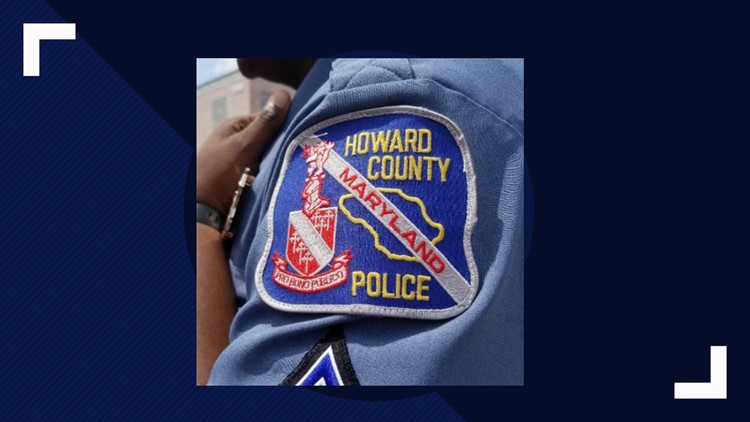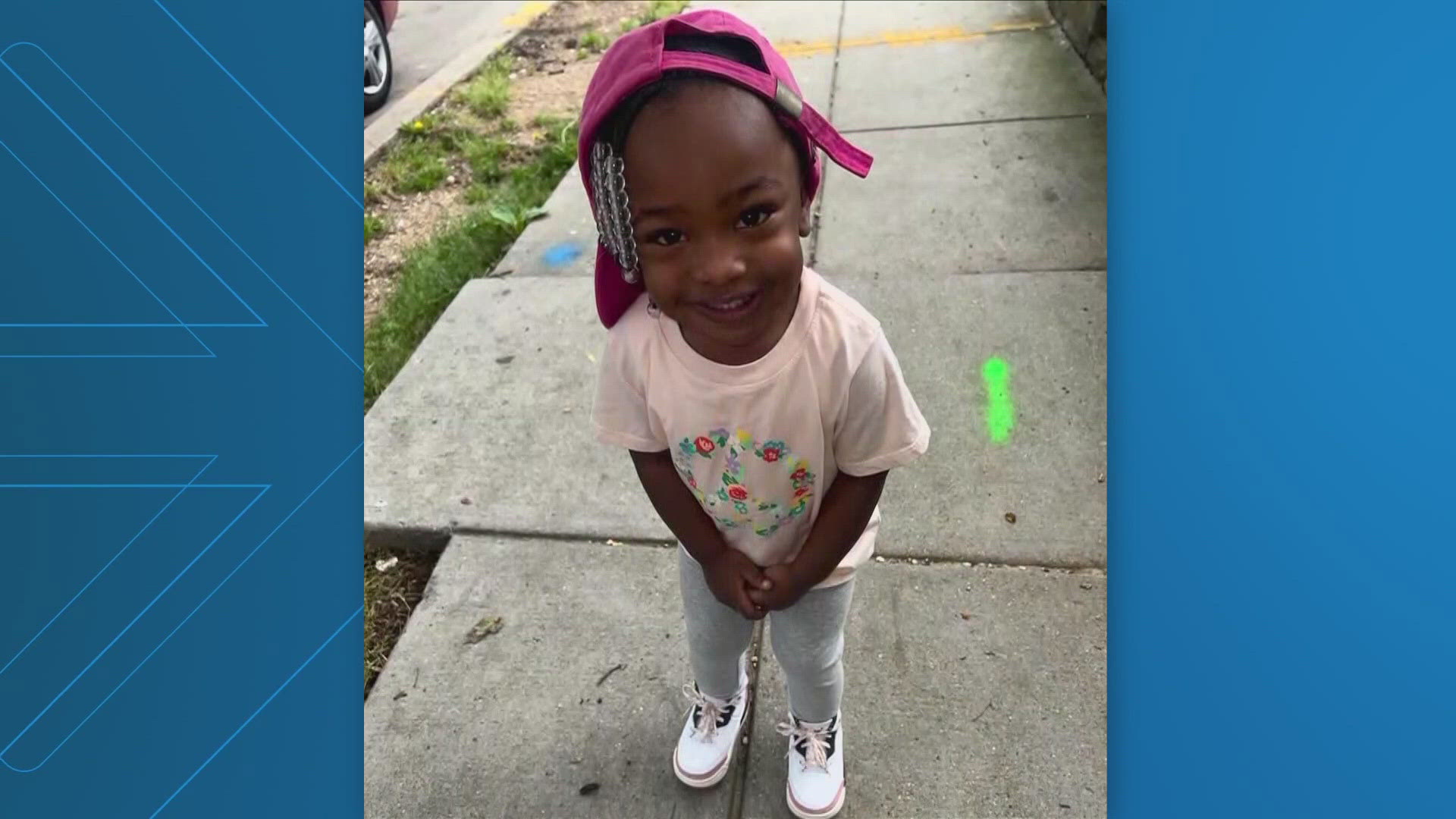HOWARD COUNTY, Md. — All uniformed Howard County Police Department (HCPD) officers will begin wearing body-worn cameras starting immediately.
In June 2020, County Executive stated the county would revisit the program and create solutions to overcome "previously cited challenges for implementation," which will help reinforce accountability for officers and citizens in police interactions. The following year, County Executive Calvin Ball announced the implementation of a body-worn camera for the police department.
"After years of planning, it is gratifying to reach the point where we can fully implement a program that will bring immediate benefits to our officers and our community," Ball said. "This camera program is a critical step toward increased transparency and accountability in Howard County."
Ball served on the County Council in 2015, and he sponsored legislation to establish a committee within the HCPD Citizens Advisory Council to conduct a policing report with best practices for officer and community safety.
“Body-worn cameras serve as a promising tool to help analyze cases and protect the truth of what occurs in our society,” said State’s Attorney Rich Gibson. “I am grateful to County Executive Ball and the County Council for providing the necessary funding that will allow us to implement the program in a proper way for the benefit of our community."
The more than $3.2 million funding allocation will be part of the county's fiscal 2022 budget, and it was unanimously approved by the County Council. The Body-Worn Camera program was fully funded through Ball's two most recent budgets. The funding will go towards 600 cameras for 300 HCPD officers, acquiring necessary software, expanding the storage capacity and hiring 26 essential positions across local departments.
The Howard County State's Attorney's Office will be responsible for reviewing these officers' footage and will need 13 new staff members to meet the requirements of the camera program.
According to HCPD, bodycams will activate each time an officer turns on emergency equipment in a patrol car, removes a firearm from its holster, or turns on a taser.
Ball said the investment will help improve response time, support community policing, and address emerging crime such as human trafficking.



